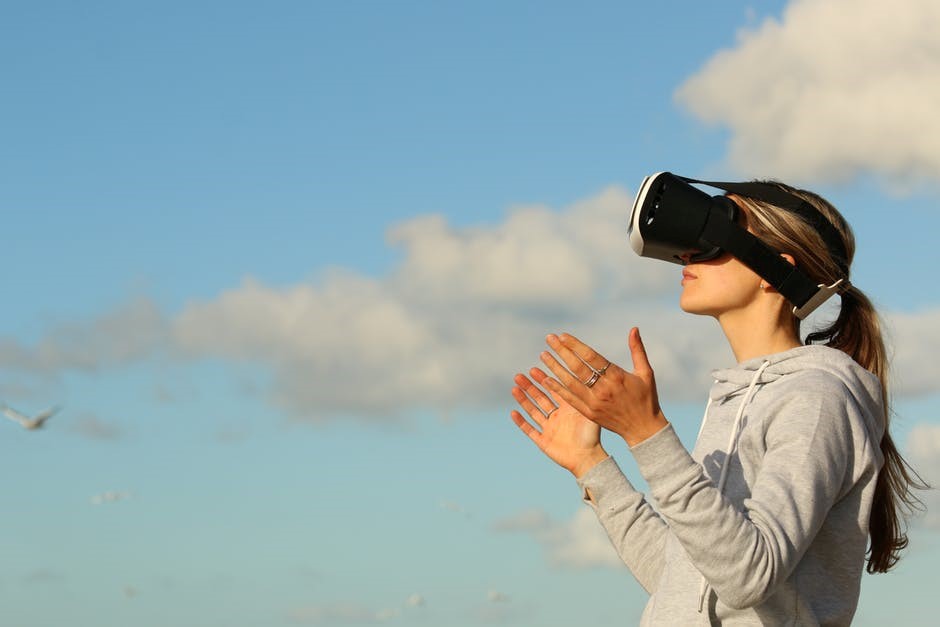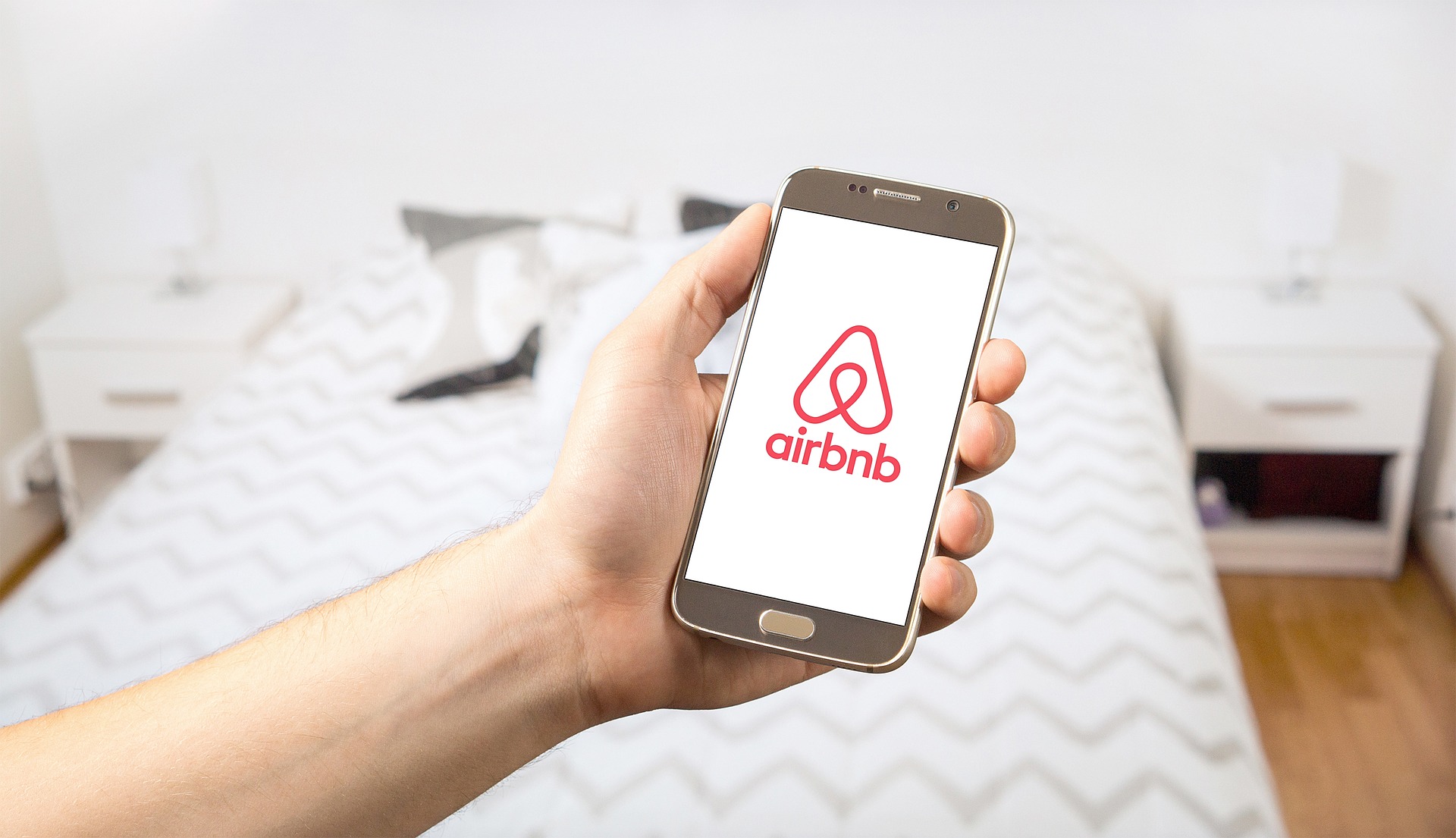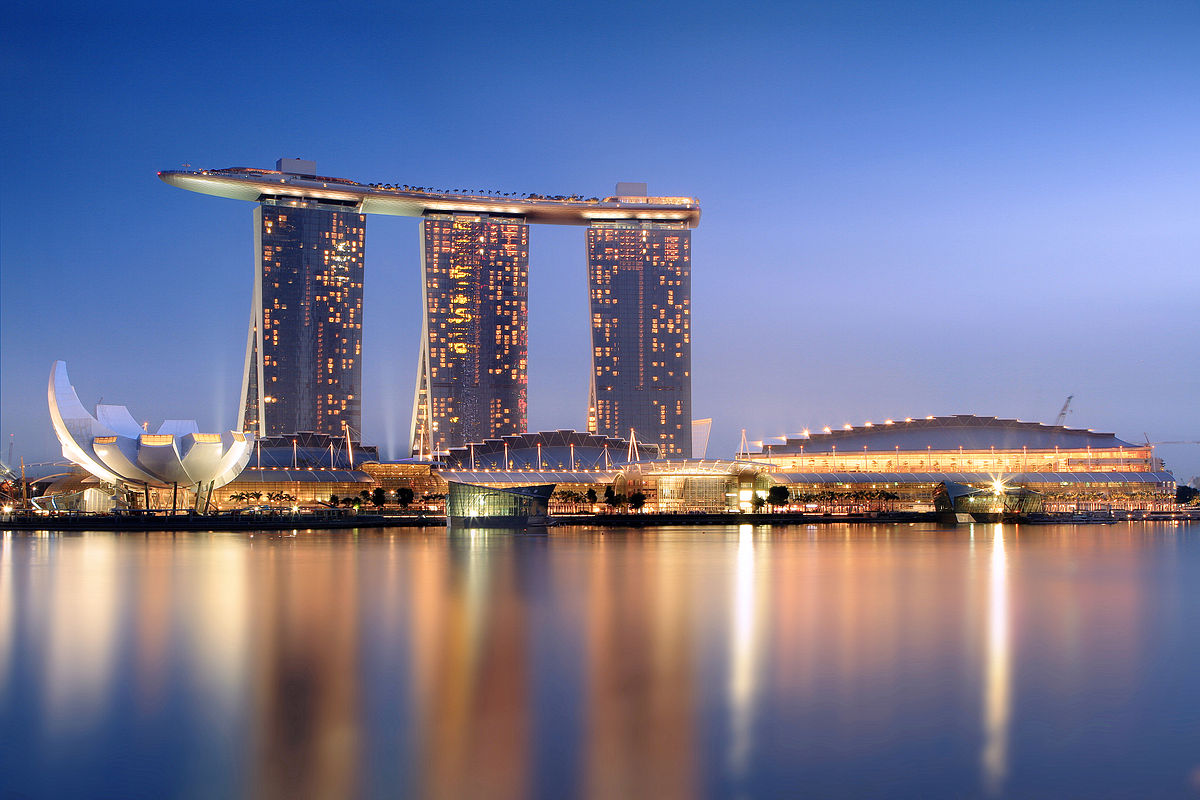
Although it may be difficult to discover where the idea behind a staycation first originated, we can say with certainty that the term has now become a staple within our vocabularies. In fact, the portmanteau has officially been included in the Merriam-Webster Collegiate Dictionary ever since the 2009 issue, though it was probably coined long before that. A staycation is basically a holiday taken at home. After the global economy declined in the late 2000s, holidaymakers simply decided that staying at home was a better option. After all, though we love vacations as much as the next person, taking a break is about relaxing and while exploring the globe can be fun it also requires a lot of preparation and can be expensive. In fact, American Express found that the average vacation expense for each individual is $1,145 – that’s $4,580 for a family of four. Instead of spending thousands on holidays, staycationers have started to embrace a new trend that allows them to experience the joys of a holiday without having to leave their homes: virtual vacations.
The Rise of the Virtual Vacation
As 2016 came to an end, sectors of the tourism industry including airlines and hotel chains began to promote virtual reality (VR) vacation experiences to their customers. Packages consisting of panoramic videos on YouTube and Facebook, as well as apps that used the Oculus Rift and Google Cardboard suddenly became a huge part of the industry’s marketing efforts as they realised the average globetrotter would rather try before they buy. These virtual experiences allow customers to immerse themselves in possible destinations from the mountains of Chile to the beaches of Perth. In the last twelve months alone, Marriott hotels released virtual room tours, Hilton uploaded a 360-degree video of Barbados and Best Western now offers patrons a VR experience of each and every one of their 2,000 North American hotels. “VR, when done right with great visuals and audio, offers the most immersive brand experience possible other than the real thing,” said YouVisit CEO Abi Mandelbaum. “It’s a trip in and of itself.”
The Hardware
So, what on Earth does this have to do with a staycation? Well customers can now experience this for themselves without having to contact a company or even leave the house, and all they need is a VR headset, a smartphone and an Internet connection.
For a heavy-duty virtual vacation experience with top tech then the Oculus Rift ($600) is a great option when it comes to headsets, as while the HTC Vive is similar it costs almost $200 more. The gear, which is worn like a pair of goggles, connects with desktops and smartphones to deliver fully 3D virtual worlds right in front of the user’s eyes. Alternatively, there are more lightweight options for those of us who want to try VR out for the first time without making a huge commitment. Arguably the most popular alternative is Google Cardboard, a simple, $15 energy-efficient VR headset made out of, you guessed it, cardboard as well as 40mm focal distance lenses. Google Cardbaord can be bought either as a kit or as a prefabricated model, then all the user has to do is place their smartphone inside. Using magnets, Velcro and a rubber brand, the headset will then be worn just like an Oculus Rift.
What to Watch & Where to Go
As for what you watch on your Oculus Rift or smartphone, there are now approximately 805,000 ‘virtual vacation’ videos on YouTube in addition to over 50 apps in the Google Play and Apple App stores that you can download and explore. These include Tokyo VR for Cardboard which has 26 different Japanese locations to visit, VR Jungle Adventure where the viewer can explore wild animals’ natural habitats and Matterport VR (Cardboard), a collection of over 150 VR tours including celebrity home walkthroughs and what it was like to fly a Boeing 737 in 1967. Even Las Vegas has embraced this new technology – the official city app Vegas VR is packed with holiday experiences including zip lining through Fremont Street and even a gondola ride on the Grand Canal Shoppes at The Venetian. The Vegas experience can be completed at online casinos including Betway Casino which host live casino games where players are up against human dealers in real time through webcam. And there is already content for every taste to be explored with VR: online and on mobile there are videos featuring tropical paradises, hiking trails and ocean dives. There are even rollercoaster POVs, or for the even more adventurous with ‘NASA VR’ virtual viewers can experience outer space and the planet Mars.
As software improves, virtual vacation experiences will only become more popular and varied. Just imagine being able to look around the Louvre in Paris, come face to face with a gorilla in Uganda or walk down into the Pyramids in Cairo without ever having to leave your house. These are all possibilities and indeed realities as more tourism outlets begin to embrace this modern tech.








